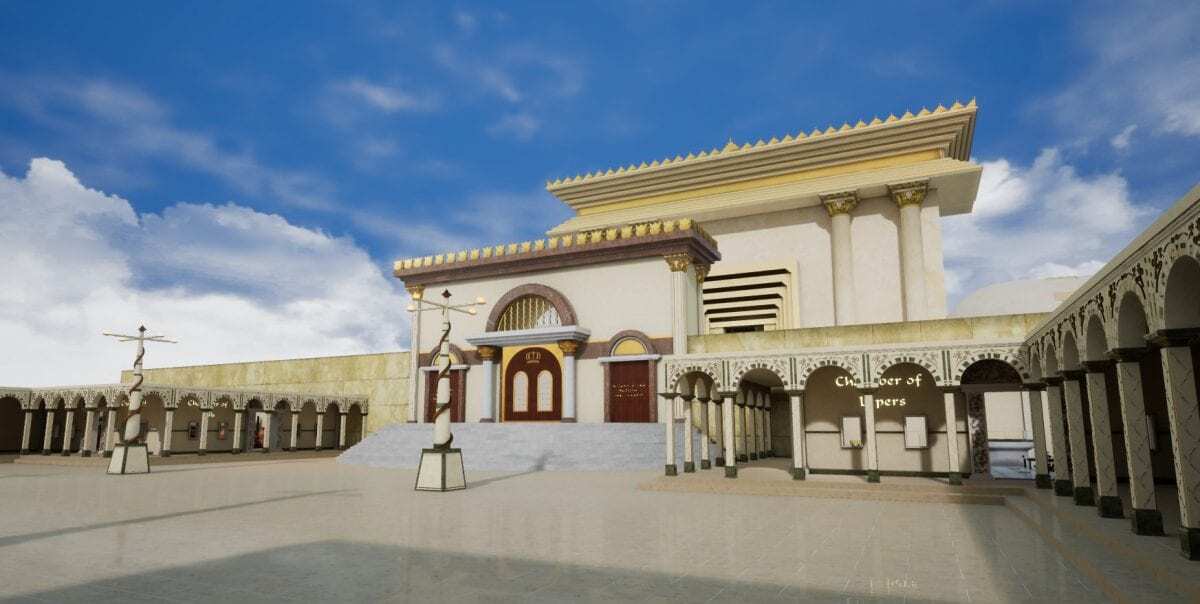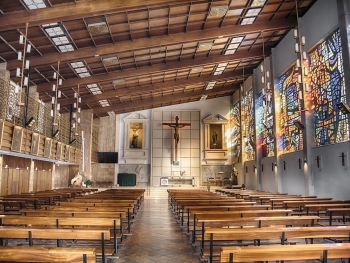Herod's Temple, also known as the Second Temple, was one of the most significant architectural achievements of ancient times. It was a massive project that required vast resources and an enormous amount of labor. The construction of Herod's Temple was not just a religious endeavor, but it also had a significant political motive.
King Herod the Great, who was a Roman client king of Judea, initiated the project to strengthen his hold on the region. Herod was not a Jew by birth, but he converted to Judaism to gain the support of the Jewish people. Herod wanted to prove his loyalty to the Jews and establish himself as their legitimate ruler.
Herod's Temple was built on the site of the previous temple that was destroyed by the Babylonians in 586 BCE. It was an ambitious project that involved the construction of a massive complex of buildings, including the temple proper, courtyards, and other ancillary structures.
The construction of the temple took over a decade, from 19 BCE to 9 BCE, and required the labor of thousands of workers. The materials used to build the temple were of the highest quality, including white limestone and imported marble. The temple's walls were adorned with gold and precious stones, making it one of the most magnificent structures in the ancient world.
Herod's Temple was not just a religious center but also served as a political symbol of Herod's authority. The temple was a reminder to the Jews of Herod's power and influence. The temple also played a role in Roman politics, as it was a tribute to the Roman Emperor Augustus, who had supported Herod's rule.
The construction of Herod's Temple had a significant impact on the Jewish people. It was a source of pride for them and a reminder of their ancient history and culture. However, Herod's rule was marked by tyranny and violence, and his support of the temple did not prevent the Jewish people from eventually rebelling against his rule.
The construction of Herod's Temple was not just a religious endeavor but also had significant political motives. Herod's desire to establish himself as a legitimate ruler and gain the support of the Jewish people led to the construction of one of the most magnificent structures of the ancient world. The temple was a symbol of Herod's power and influence, but its legacy was overshadowed by his reign of terror and the eventual rebellion of the Jewish people against his rule.




